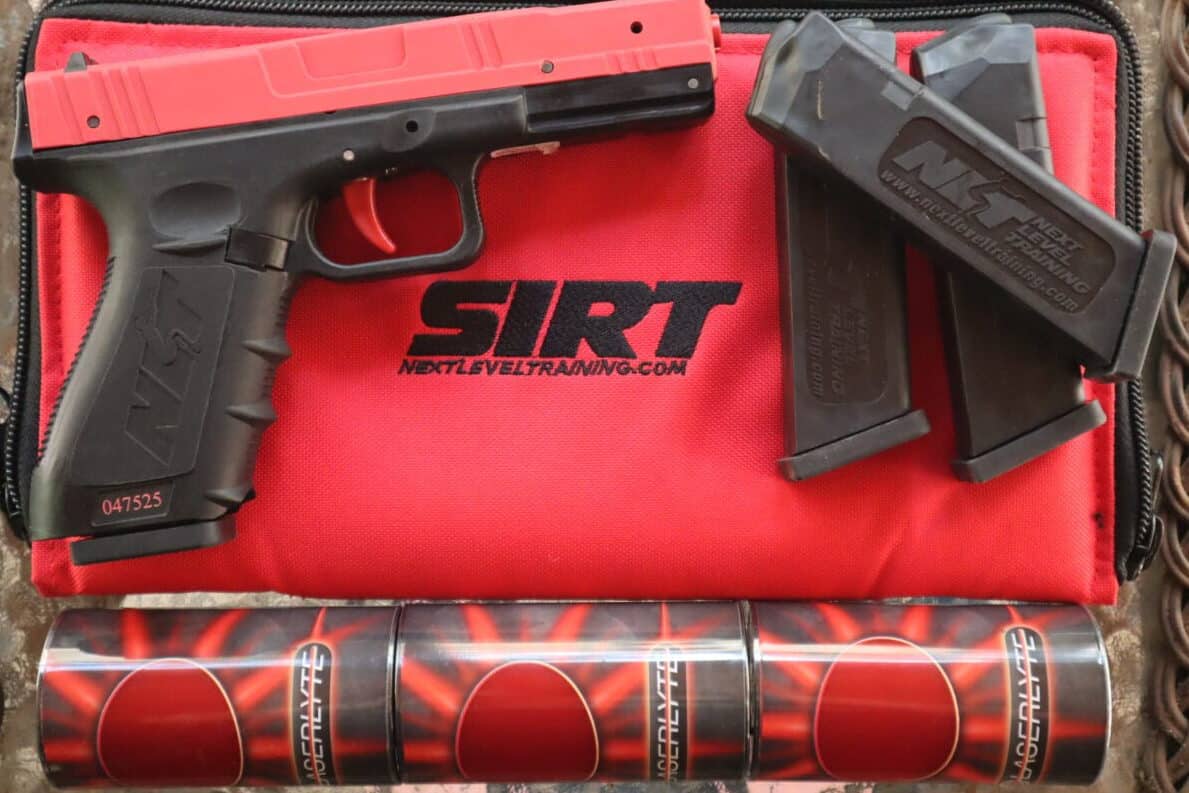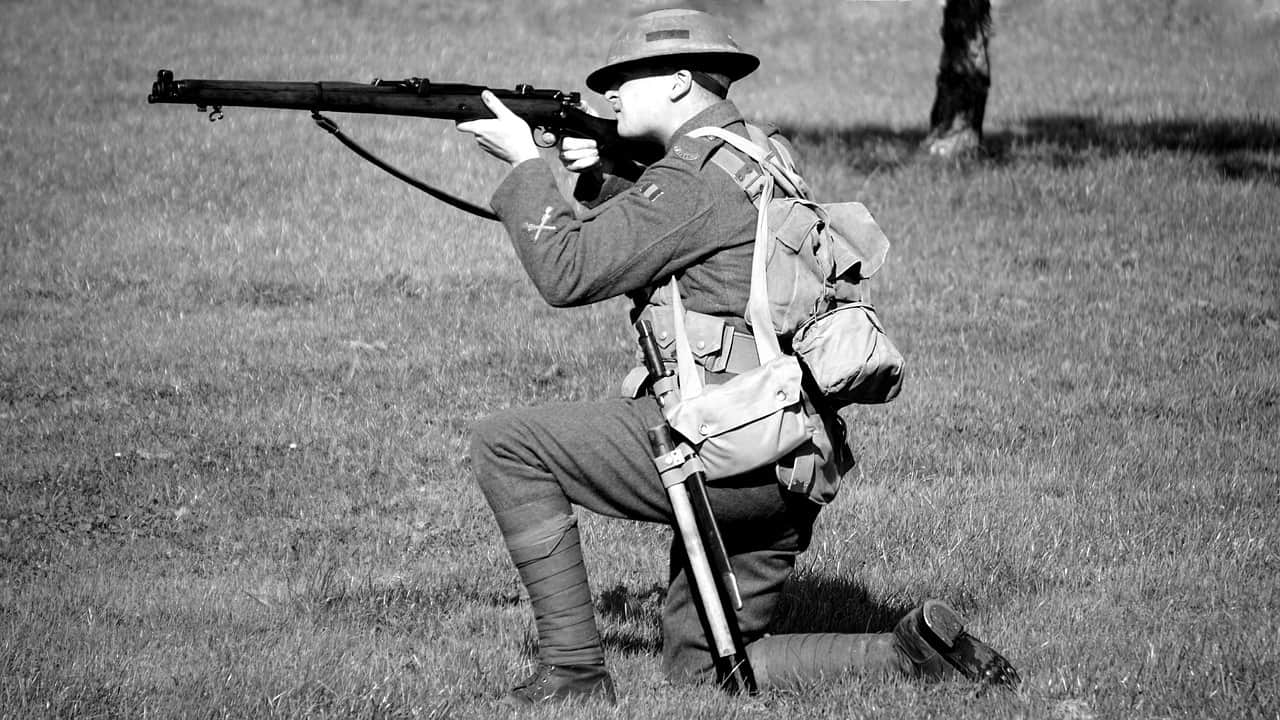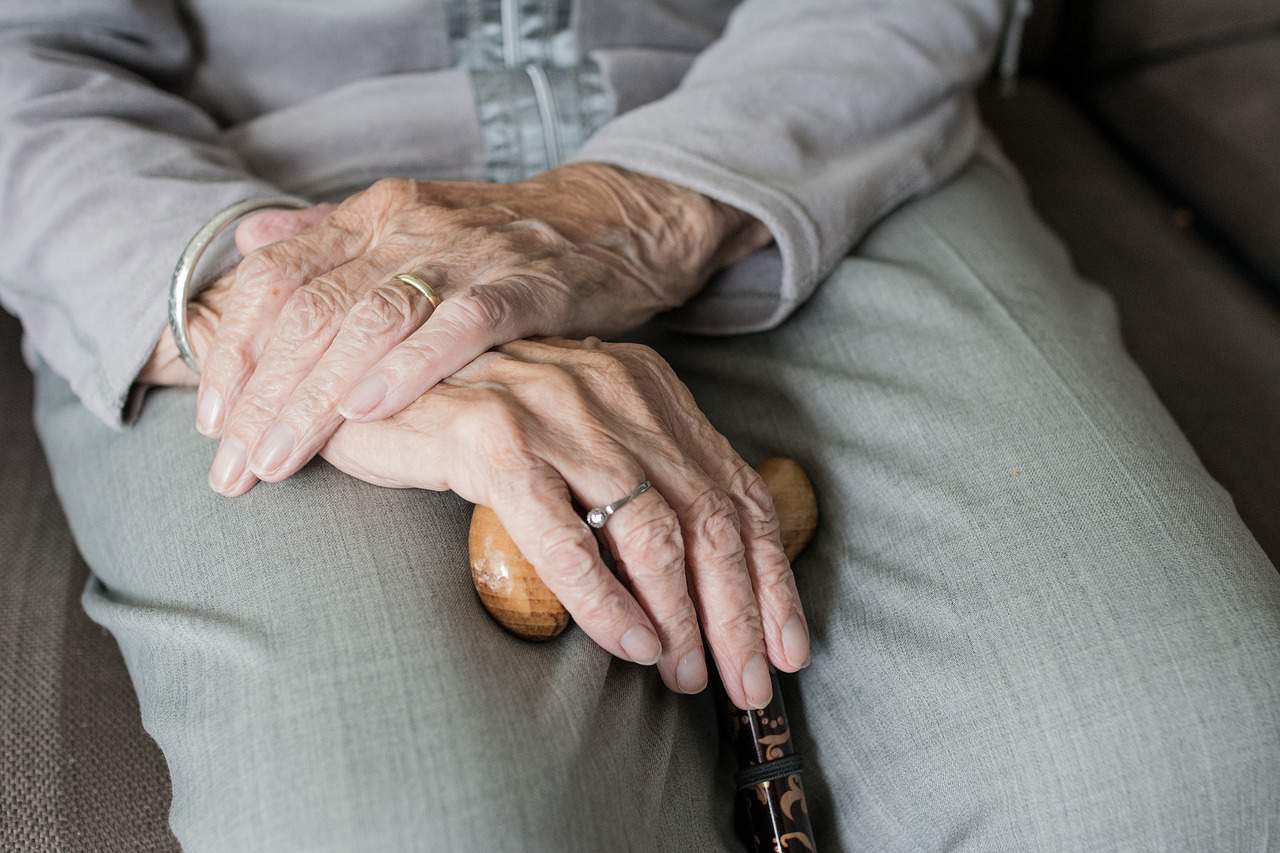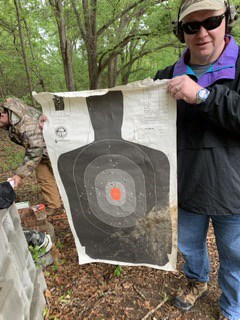Ideally, you have all the time you need every time you shoot your gun. In reality, that is unlikely to be the case in a defensive shooting situation. You have to learn to aim in a way that befits the circumstances in which you find yourself. Point shooting is aiming your gun by following the…
Category: Shooting Skills
How to Practice Shooting Without Using Ammo
Gun instructors will tell you that shooting is a perishable skill. If you don’t practice, you will gradually lose your aim. But even if you can find ammunition in today’s market, you will find it at prices that don’t encourage much practice. Even those of use who reload ammunition are having a hard time finding…
Mantis X Shooting Performance System Review
The Mantis X is a small device that attaches to the picatinny rail of your average pistol or rifle and measures your shooting performance. You can use it with live fire or with dry fire shooting. There is also a version that mounts on a shotgun. The Mantis X is battery powered and USB rechargeable….
The SIRT Pistol: Dry Fire Training With Feedback
With ammunition so hard to find right now, it makes sense to find ways to augment your training time on the range with additional dry fire training at home. The SIRT Pistol is an option for home dry fire that won’t cause wear and tear on your gun and comes with absolutely no chance of…
What it Feels Like to Shoot a Gun
The first sensation you are likely to notice is nervous tension. You are not sure what you are getting yourself into and it is natural to have more awareness of your heart rate and blood pressure, just like when you start any new activity that carries a lot of responsibility. After you shoot you will notice the smell of sulfur similar to fireworks or a burning match. There may also be a small plume of smoke that will clear quickly. When I shot 50 rounds to qualify for my Concealed Weapons Permit (CWP), I was physically tired afterword, as if I had run a race or engaged in physical labor.
Your First Visit to the Shooting Range
At an indoor shooting range you will be shown to a very large room divided into the firing lanes, where you will stand, and the area into which you will shoot, which ends with a backstop. You will be led to a small cubicle called a shooting booth, with big plastic shields to demarcate your designated area. It will take a moment to stop flinching at every shot from the next booth. You will attach your paper targets to a pulley, essentially a fancy clothesline that moves, and send the target to a designated location. The farther away you put the target, the harder it is to land the bullet in the center. You load the gun, prepare yourself mentally, get the right stance, adjust your grip, point the gun, make sure you have a clear view to the target, and squeeze the trigger.
Easy Adaptations For the Elderly or Disabled Shooter
In my day job I am a speech pathologist, so I see people using adaptive technology for eating, walking, and even communicating. I wondered what was out there to help with shooting. Criminals know how to spot a victim, and they are going to target the elderly and infirm for break-ins and burglaries simply because of the greater likelihood of success in getting what they want. How can you gain the advantage in defending yourself as you get older?
The Day I Qualified at the Shooting Range
Knowing the rules helped. Honestly, I wasn’t worried about what the people next to me would do. I was worried that I would veer to the left or right and take out someone next to me. I am happy to report that no one was jeopardized by my behavior that day. Because I knew where to point the gun and why it was important to keep the muzzle in a safe direction, I stayed focused on the target.
The Seven Fundamentals of Firearms Marksmanship
You have a basic idea of how a gun works. You insert ammunition, point it at something, and pull the trigger. A speeding bullet exits the barrel and makes a hole in your target. Now you would like to know how to do that consistently and well. Enter the five fundamentals of marksmanship: grip, stance, sight alignment, trigger control, and follow through.










